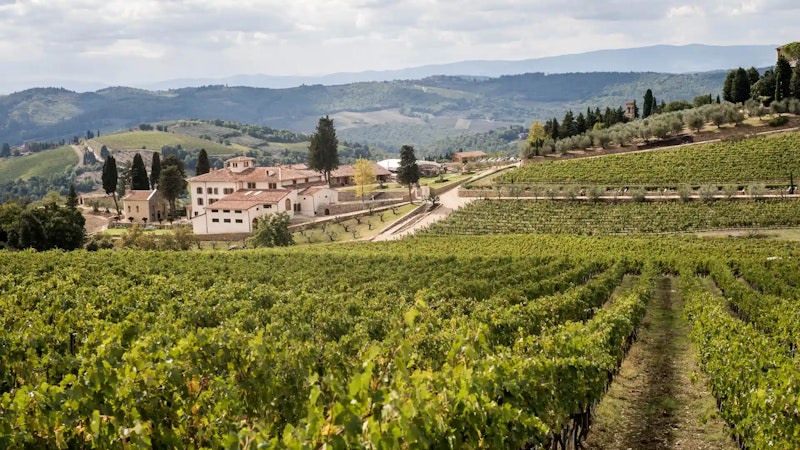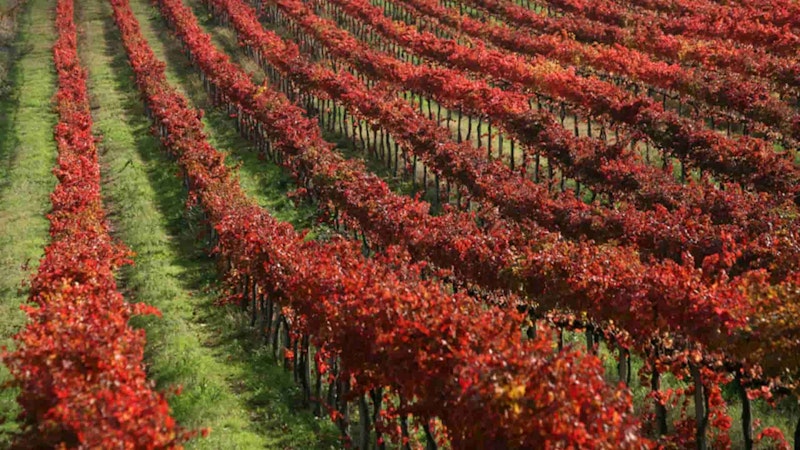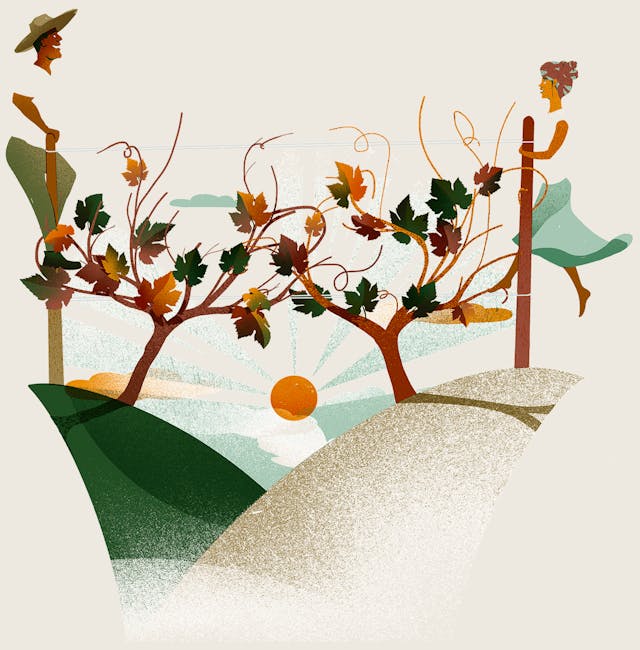Abbey wines: the excellence of the Abbaye de Lérins
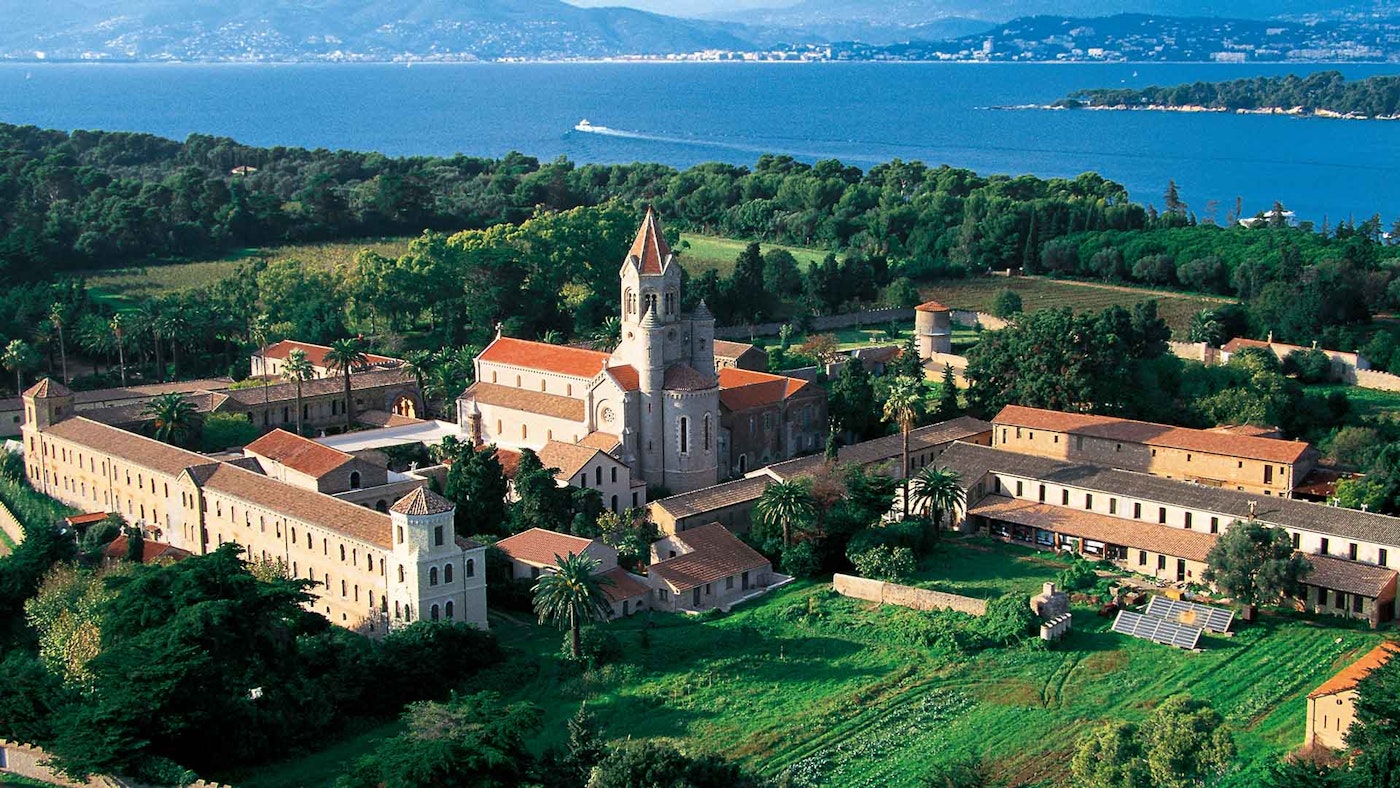
The Abbey of Lerino, better known in French as the Abbaye de Lérins, has stood for more than 16 centuries on the enchanting island of Saint'Honorat, just 15 minutes from Cannes, in the splendid setting of the Côte d'Azur. A unique place of mysticism and culture, where spirituality and monastic tradition combine with the production of exceptional wines, keeping alive the ancient Benedictine rule of 'Ora et labora' (pray and work).
Founded in 405 A.D. by Saint Onorato, the monastic community of Lerino today numbers twenty-one Cistercian monks who continue the work of winemaking begun by their medieval predecessors.
It is a fascinating story of faith, but also of devotion and love for the land and viticulture, revived since the 1990s thanks to the discovery of five micro-terroirs on the island. Here the vines are still cultivated according to the ancient tradition of wine-making by plot. This practice, introduced by the Cistercian monks, consists of identifying, harvesting and vinifying the different terroirs separately in order to express the identity and uniqueness of each cuvée.
The exceptional wines produced on the island of Saint Honorat are the fruit of the know-how and tireless work of the monks who, as vignerons, have renewed the ancient bond between faith and devotion to the land, making the Abbaye de Lérins one of the outstanding wine producers of the Côte d'Azur. Each bottle is therefore the result of tireless work and profound dedication: to obtain a great wine requires not only technique, but also a strong and intense passion for the work, which must be shared and unite all the members of the community.
The entire winemaking process is supervised by Fra Marie, a graduate of the Lycée Agricole in Hyères, who works alongside Hugo Millet, oenologist and cellar master. They are assisted by several consulting oenologists such as Jean Lenoir, Eric Verdier, Jean-Michel Novelle, Stephane De Renoncourt and the Institut Coopératif du Vin in Montpellier.
The vineyards of Abbaye de Lérins
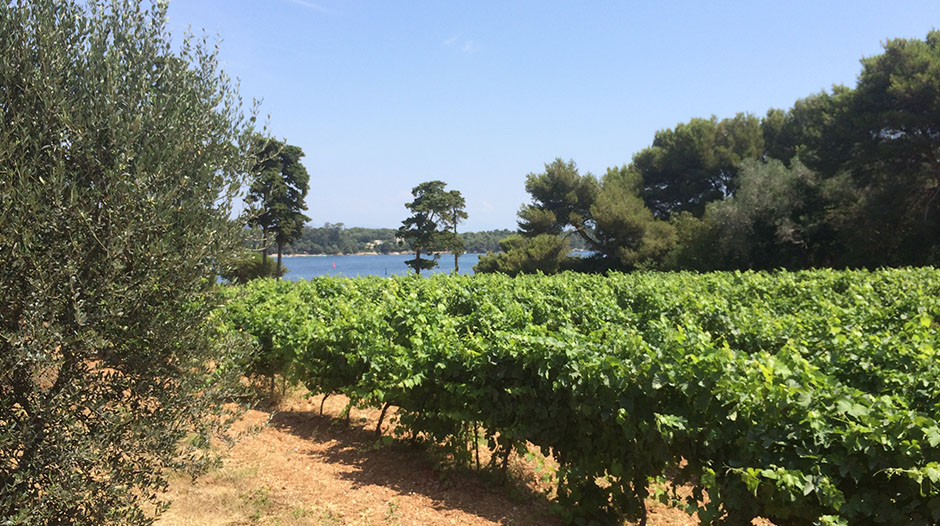
The unique alchemy created by the work of the brothers, combined with the geography of the island, its exposure, the characteristics of the soil (limestone, clay and sand) and the presence of the sea, give the wines their distinctive characteristics.
Situated in the central part of the island of Saint'Honorat, the abbey vineyard covers an area of eight hectares, five of which are devoted to red grapes and three to white. There are five micro-terroirs on the island, which allow the vines to be planted according to the specific characteristics of each area.
In addition to the characteristics of the Saint'Honorat terroir, the ripening techniques of the vines are crucial to the production of these exceptional wines.
Each year, the grapes are carefully tended and hand-picked by the monks, who pay particular attention to each stage of the winemaking process.
Thanks to the presence of vertical veins in the island's bedrock, which allow the roots of the vines to absorb water at depth and obtain all the necessary nutrients, the vines do not suffer from water stress, which is very common in wines produced along the Mediterranean coast.
The uniqueness of this vineyard (whose vines range in age from 12 to 60-80 years) and of the wines produced is enhanced by the variety of grapes grown: for the red wines, Syrah (4.2 hectares), Mourvèdre (0.5 hectares) and Pinot Noir (0.9 hectares) predominate, while the white wines are obtained from the Chardonnay (2 hectares), Clairette (0.8 hectares) and Viognier (0.3 hectares) varieties.
Green practices
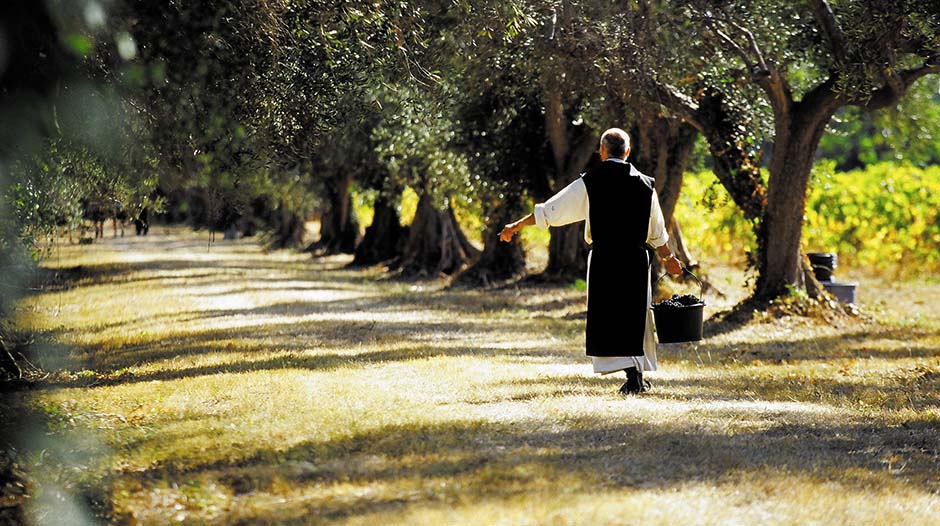
Fraternity, respect, tolerance and mutual service are the values that animate the monks in their search for and achievement of excellence, a goal they strive for in their daily lives as well as in their work in the vineyard and in their relationship with a "sacred" land, for which they have the utmost respect and work in harmony with the environment.
Pruning, weeding and harvesting are carried out manually by the monks: the use of technology is limited to maintenance and soil treatment. No herbicides or insecticides are used, thanks to a biological programme for the control of insects harmful to the vines, which includes the adoption of rational and preventive measures against diseases, which are studied in detail on a case-by-case basis in order to anticipate and prevent them, using phytosanitary products that respect the growth and balance of the vines.
Ecocert-certified organic viticulture at the Abbaye de Lérins also includes the practice of green harvesting or selective thinning, which consists of reducing part of the harvest by eliminating excess bunches and improving the distribution of the remaining bunches in order to obtain higher quality grapes.
The wines of Abbaye de Lérins
Cuvée St Césaire
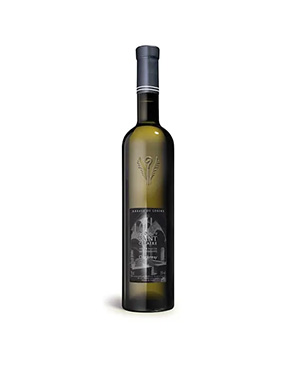
Matured for 10 months in oak barrels, St Césaire is a complex, structured and full-bodied Chardonnay, yellow and golden in colour, with delicate notes of yellow peach, lemon and a hint of brioche. The palate is rich and creamy, with buttery and yellow peach flavours; an aromatic finesse accompanied by exceptional persistence.
Cuvée St Cyprien
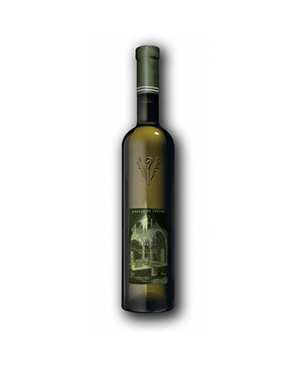
Delicate, crystalline yellow with green reflections, St Cyprien, made from Viognier grapes, offers an elegant bouquet of hawthorn, apricot and white peach. On the lips, it is lively with notes of peach, supported by a hint of lemon that enhances the intense palate. The finish is taut with delicate floral aromas.
Cuvée St Ombeline
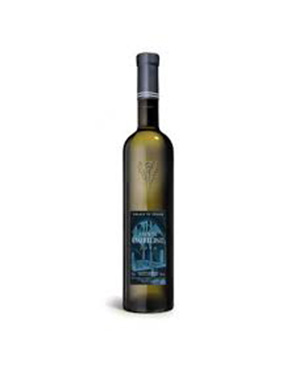
St Ombeline is a wine made from a plot of Chardonnay grapes sheltered by the abbey wall, which protects the grapes from the surrounding sea salt and ensures that this cuvée is made with 100% indigenous yeasts. Aged in oak barrels for 10 months, it has an intense golden yellow colour and a delicate bouquet with notes of citrus fruit and broom flowers mixed with toasted bread and vanilla. On the palate, it is supple and supported by a fine acidity, revealing a delicate bouquet of citrus, fresh flowers, minerality and hints of toasted almonds.
Cuvée St. Pierre
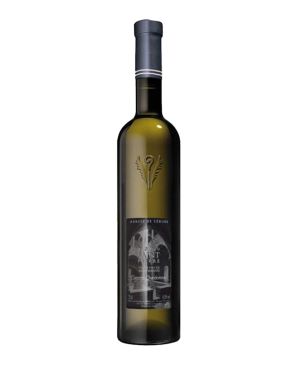
St. Pierre is a unique cuvée for its blend of Clairette and Chardonnay grape varieties, with a small percentage of Viognier and Rolle. Matured for 10 months in stainless steel tanks, this wine has a straw yellow colour with golden reflections and a bouquet of aromas ranging from citrus to honey with a hint of boxwood. On the palate it is intense, with strong flavours of pomelo and pear; a savoury sip with a long finish, characterised by almond flavours and enhanced by a hint of iodine.
Cuvée St. Eucher
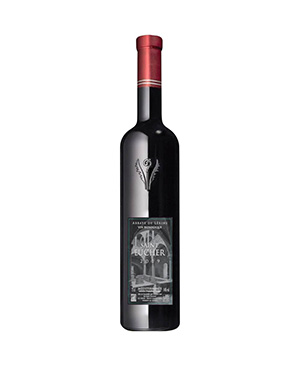
A fine and complex cuvée made from young Pinot Noir grapes that give it freshness and roundness. Deep carmine red with ruby highlights, it has an intense aroma of cherries, blackcurrants and green pepper. On the palate, it is a delight of fleshy fruit and pleasant freshness.
Cuvée St. Honorat
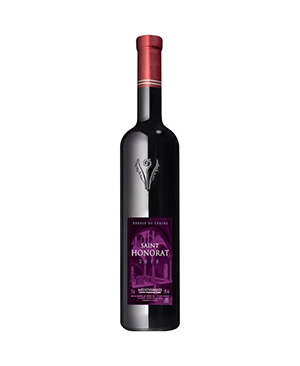
2018 was an atypical year in the Mediterranean, with a lot of rain in the spring and early summer, which required constant vigilance on the plots. The drier and warmer weather from July onwards allowed the 100% Syrah grapes to ripen peacefully: although harvested a little late, they revealed great qualities in the cellar, such as a beautiful liveliness and a fresh perfume of small red fruits, producing a finer, smoother and silkier wine than in other vintages. Garnet red in colour, the nose reveals notes of black pepper, herbs, tobacco leaves, leather and graphite, while the palate is harmonious and lightly structured: a linear and discreet profile with tannins well rounded by age. Notes of dry hay and sweet spices emerge on the finish, along with a pleasant freshness.
Cuvée St. Lambert
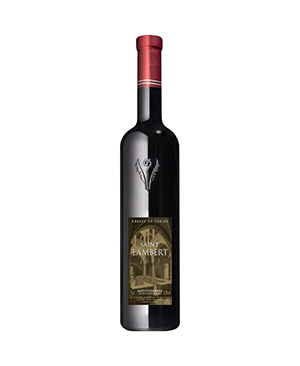
Garnet red in colour with violet reflections, this cuvée of Mourvèdre grapes has a deep and delicious bouquet that takes us on a journey of cherries, figs, liquorice and leather. On the palate, its freshness is balanced by an opulent tannic structure whose generosity is matched only by its finesse. The persistence of the aromatic notes tends towards morello cherry and plum, and the finish is round and supple.
Cuvée St. Salonius
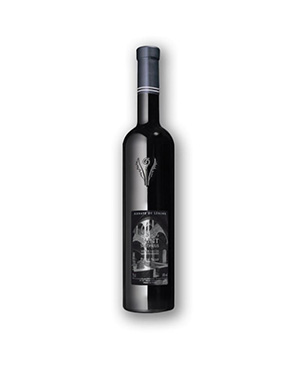
A unique and singular Pinot Noir that stands out from the other labels produced by the Abbey for its complexity and structure, its softness and freshness. Served to the Jury of the Cannes Film Festival and to the Heads of State of the G20 in 2011, St Salonius is a wine with light ruby reflections and rosy tones, with a bouquet of ripe black cherries and fruits with wild herbs macerated in alcohol. Soft on the palate, silky tannins are accompanied by a nice acidity, with a fresh and long finish with hints of red fruit.
Cuvée St. Sauveur
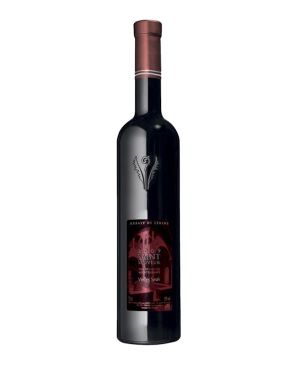
Made from old Syrah vines and aged in French oak barrels, St Sauveur is a purple wine with a nose dominated by blackberries with hints of violets and cocoa. On the palate, the wine has good acidity and a powerful, broad and generous aroma with spicy, slightly peppery and menthol notes, to which are added notes of coffee and leather, as well as hints of blueberry. The length in the mouth is incredible and the finish is fresh.




